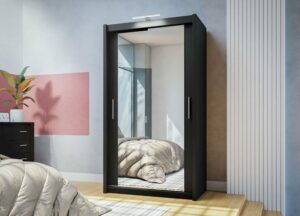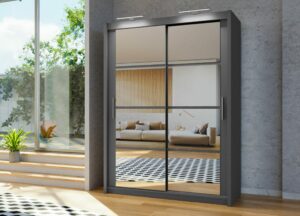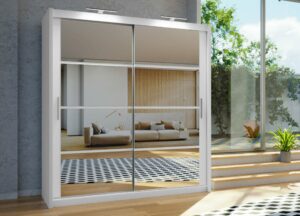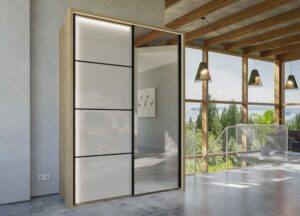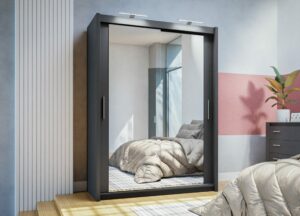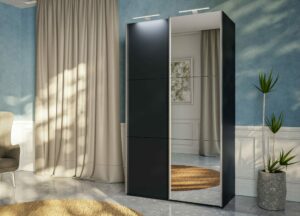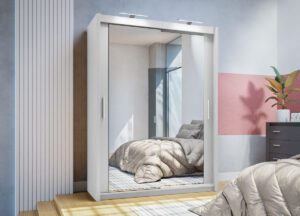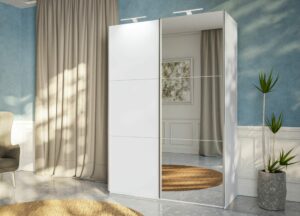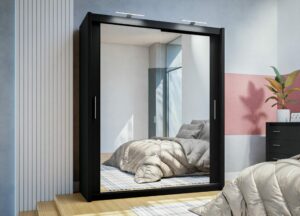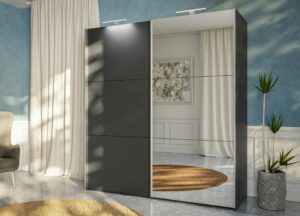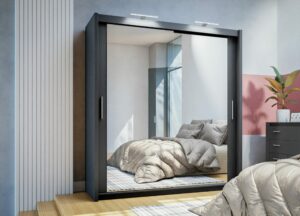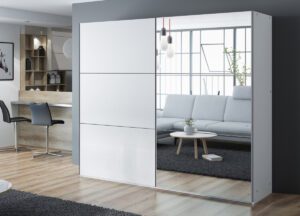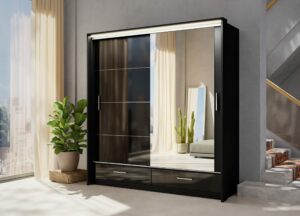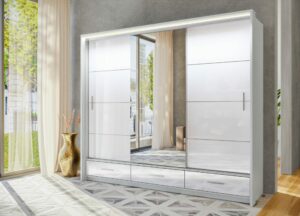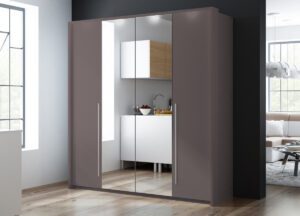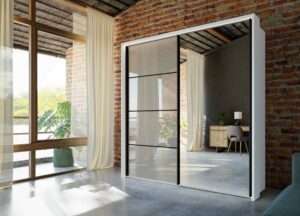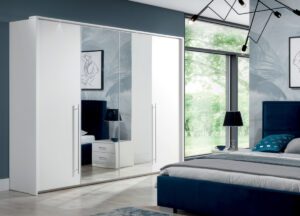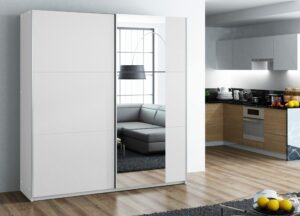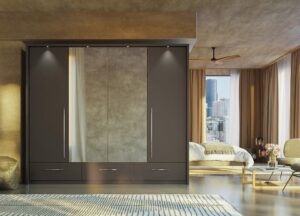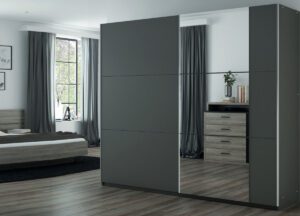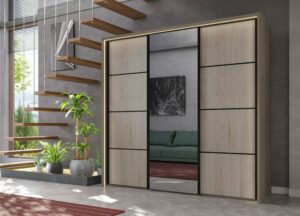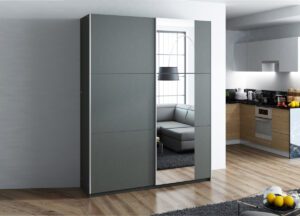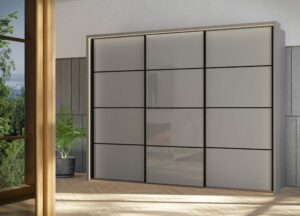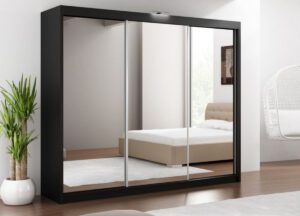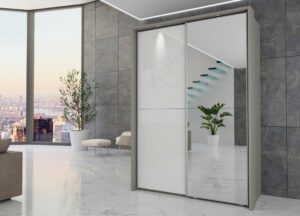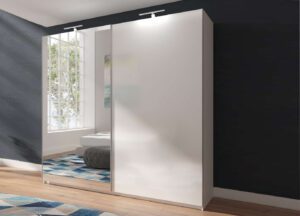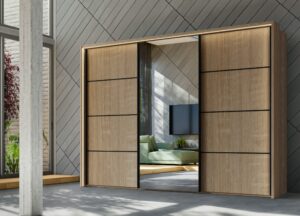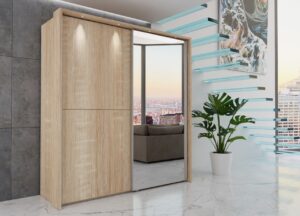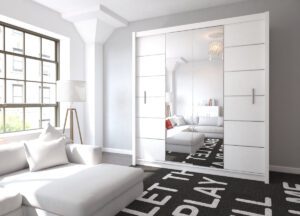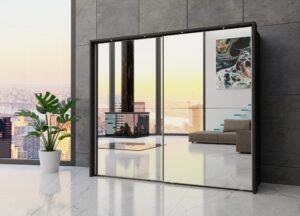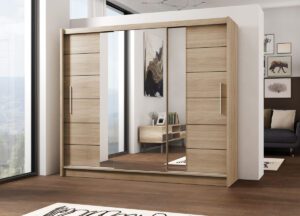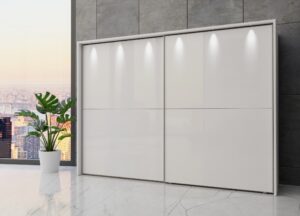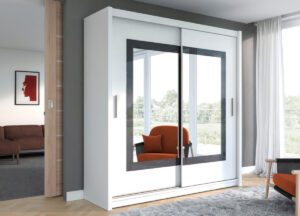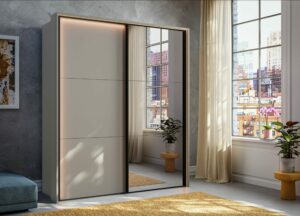Sliding Door Wardrobes
Benefits of Opting for Free-Standing Sliding Wardrobes
At its core, a sliding wardrobe, alternatively called a sliding closet or sliding door wardrobe, incorporates doors that operate on a sliding track instead of opening outward like traditional hinged doors. Crafted from diverse materials such as wood, glass, or aluminium, their design ranges from sleek modern aesthetics to intricate classical styles. Here are top 5 sliding wardrobe benefits:
- Space-efficient: Sliding wardrobes are suitable for compact spaces, offering enhanced storage capabilities without demanding extra floor space to operate.
- User-friendly: Easily operated, these wardrobes can be opened and closed with a gentle push or pull.
- Fashion-forward: They can be tailored to suit any room’s aesthetic, with a plethora of finishes and materials available.
- Functional: With diverse storage solutions, they offer compartments and shelves that cater to varied storage needs.
Selecting the Perfect Sliding Wardrobe
Before making a purchase, consider your closet’s requirements – storage capacity, room dimensions, and budget. Here are some selection criteria:
- Dimensions: Measure the intended space to ensure the wardrobe fits. Typically, a standard sliding wardrobe might be about 2.4m tall, 1.5m wide, and 60cm deep.
- Material: Options range from wood and glass to aluminium. Choose a durable material that aligns with your decor.
- Design: Ranging from contemporary to classic, pick a design that resonates with your taste and room’s theme.
- Storage Features: Think about what you need – hanging sections, drawers, or shelves. Ensure your choice meets these storage requirements.
- Budgeting: Sliding wardrobes differ in price based on size, material, and features. Establish a budget and opt for one within that range. Consider spending the extra money on accessorizing.
Setting Up Your Sliding Wardrobe
Though setting up a sliding wardrobe can be an engaging DIY task, it’s crucial to heed the manufacturer’s guidance for a safe and sturdy setup. Here’s a quick breakdown:
- Preparation: Ready the area by cleaning and ensuring a leveled surface.
- Assembly: Put the wardrobe together as per the manual, ensuring a snug fit and smooth door motion.
- Track Installation: Set up the track (which the doors move on) securely and keep it level.
- Door Placement: Once the track is ready, hang the doors and confirm they slide smoothly.
For those aiming to optimise bedroom or closet space, sliding wardrobes are a fantastic solution. Ensure you select and install it right for a chic yet efficient storage system that organises and offers easy access to your items even in tight spaces.

